Move over Maggi madness: Japan even has a ramen museum

When Maggi released a statement on Friday that its iconic-but-recently-infamous instant noodles had passed testing by 3 labs recommended by the Bombay High Court, it received a lot more coverage than anything related to an instant noodle ever ought to.
We really shouldn't be this happy about something that, even without the lead, is bad for us.
We are, however, hardly alone.
The liberating quality of instant noodles are a cult phenomenon around the world.
From students too young to actually cook, to students too lazy to actually cook, to hassled mothers and everyone in between, a meal in two minutes is practically a modern miracle.
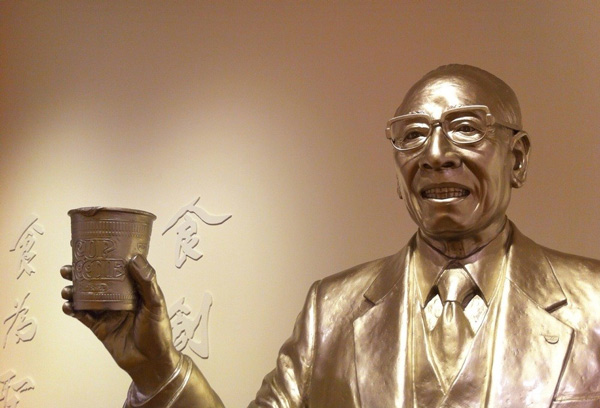
Photo: mhca.jp
Ever since the creation of instant noodles by Momofuko Ando in Japan in 1958, instant noodles have come a long way.
They've gone from being a Japanese luxury item to being one of the most in-demand convenience food products with a global demand for an estimated 102 billion packets in 2014. That's almost 15 packets of ramen per person on the planet.
We have cookbooks dedicated to enhancing the simple instant noodle and yes, we've even sent it into space.
Ramen rises in the east
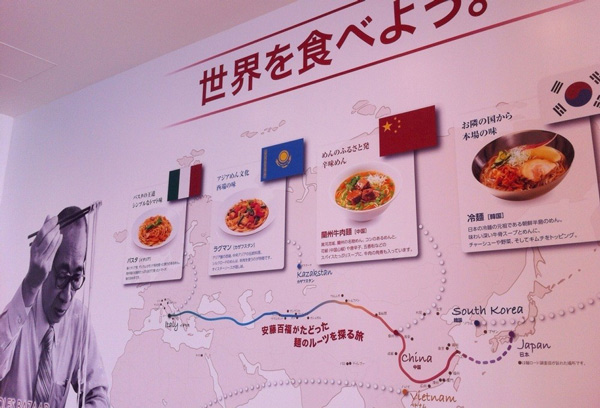
Photo: mhca.jp
But if the entire world has an affinity for instant noodles, the land of its origin has an especially fond relationship with the instant noodle. A Japanese poll at the turn of the century voted instant noodles, or ramen as it's called in Japan, as the country's greatest invention of the 20th century.
This is a country that, with a population of 127 million, consumed 5.5 billion servings of ramen last year.
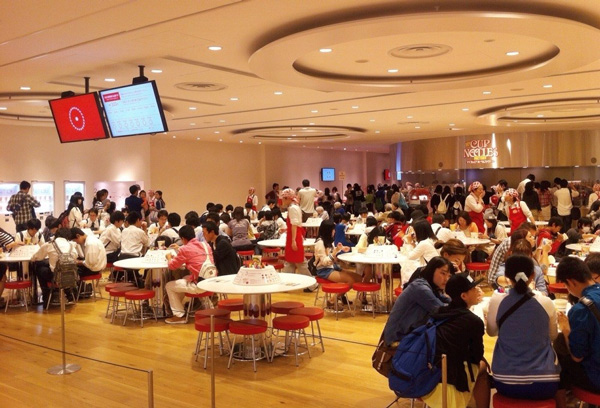
Photo: mhca.jp
So, it should come as no surprise that in a country that takes their ramen the way a crackhead takes crack - that Yokohama has its very own ramen museum.
Enter The Shin-Yokohama Ramen Museum
Founded in 1994, it's hailed as "the world's first food amusement park". Because who else but the Japanese would think of food amusement parks.
In reality it's less amusement park and more a historical theme park meets hyper-specialised food court.
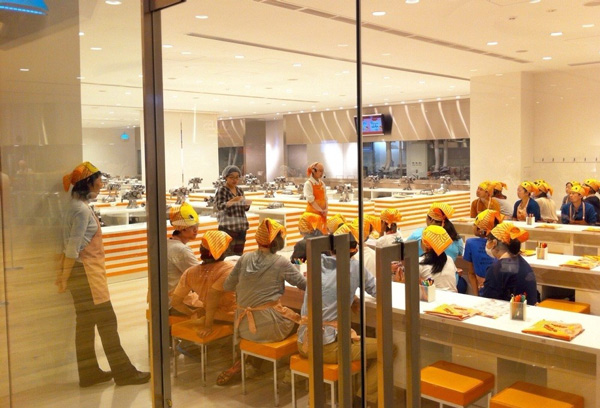
Photo: mhca.jp
With 2 subterranean floors and a ground floor, the museum isn't for those who just like ramen. No, people like that just wouldn't understand the thrill of over 300 kinds of ramen bowls, or a life-sized ramen factory diorama, or walls covered in instant noodles packages or. wait a minute, does anyone actually get this intense about noodles and, if so, shouldn't they be seeing a psychiatrist?
Still, that's only the tip of the ramen-based iceberg.
TV monitors screen an endless barrage of over 30 years of ramen commercials while ramen video games are on offer for kids. There is no ramen-related item too small to be celebrated - from aprons to chopstick covers.
The lord of the ramen is the styrofoam cup
But what occupies pride of place is the Styrofoam cup that turned instant noodles into cup noodles. It's like the Holy Grail if only the Holy Grail spewed endless amounts of soul-satisfying, body-destroying noodles instead eternal life.
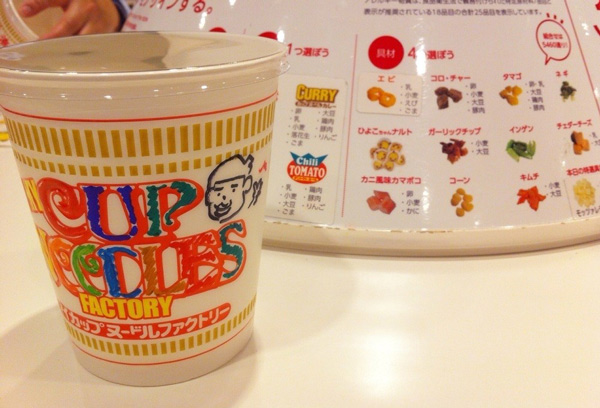
Photo: mhca.jp
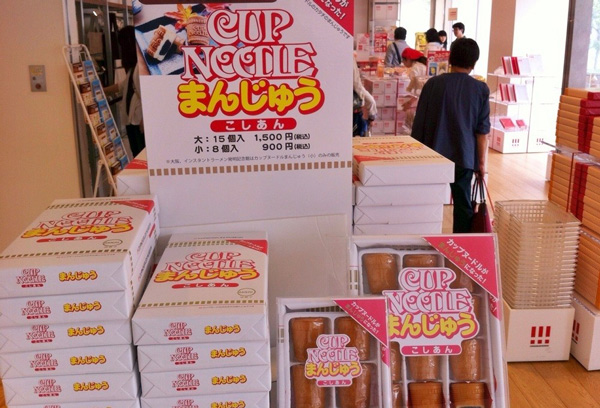
Photo: mhca.jp
On such an 'action-packed' first floor, there's also a souvenir shop where you can buy museum-branded items to show your friends how poorly you chose to spend your time in what is literally one of the most interesting countries in the world. A country that lets you buy alcohol from vending machines? You should be ashamed. Unless the alcohol is the reason you ended up in the museum in the first place.
But back to the museum.
The lower two floors are where it really gets funky. Spread across these two underground floors is a recreation of the shitamachi district of Tokyo from the year 1958. It consists of shops, houses and vendors straight out of 1950's Japan, before the advent of urbanisation. It even has its own liquor shop that sells sake and eight of Japan's most iconic ramen restaurants, representing the country's various regions.
It's these restaurants that really drive museum traffic. There's even a monthly pass for the truly obsessed ramen buff who, at the end of the day, wants ramen, not ramen memorabilia.




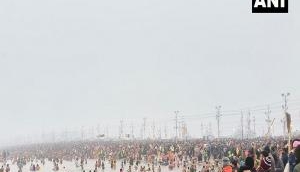


![BJP's Kapil Mishra recreates Shankar Mahadevan’s ‘Breathless’ song to highlight Delhi pollution [WATCH] BJP's Kapil Mishra recreates Shankar Mahadevan’s ‘Breathless’ song to highlight Delhi pollution [WATCH]](https://images.catchnews.com/upload/2022/11/03/kapil-mishra_240884_300x172.png)

![Anupam Kher shares pictures of his toned body on 67th birthday [MUST SEE] Anupam Kher shares pictures of his toned body on 67th birthday [MUST SEE]](https://images.catchnews.com/upload/2022/03/07/Anupam_kher_231145_300x172.jpg)






